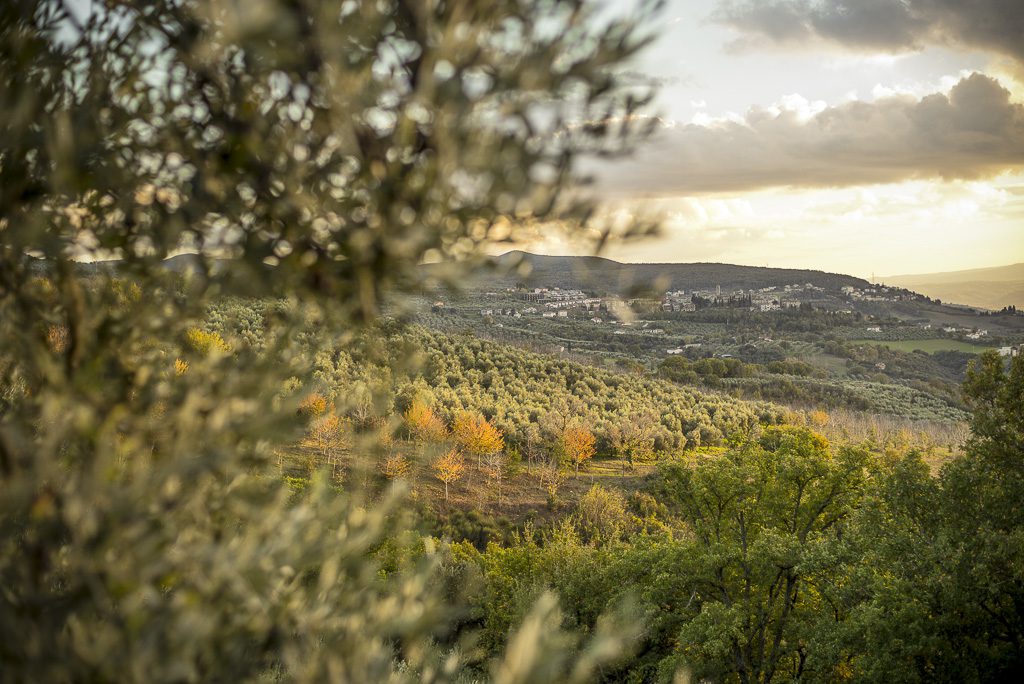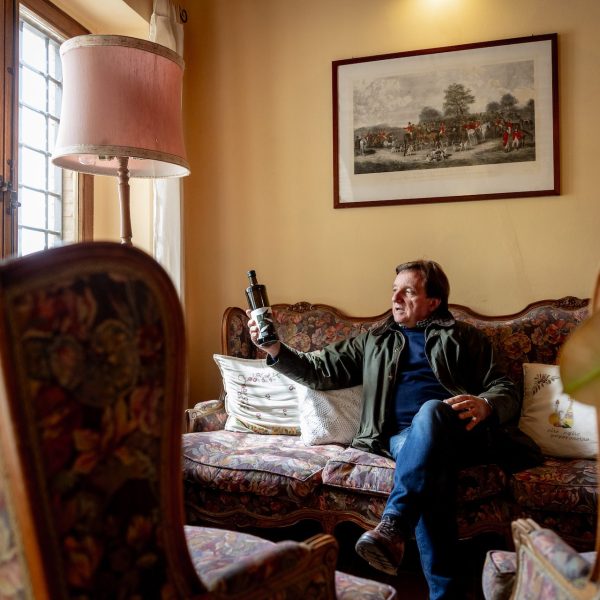Montecchio (Tr)
History
On the slopes of Monte Croce di Serra in the Tiber Valley, among pristine patches, stands the medieval village of Montecchio. Its territory bears evidence of human habitation since the pre-Roman era, as demonstrated by the extensive Necropolis of Vallone di San Lorenzo, discovered in the mid-1800s by archaeologist Domenico Golini.
The first nucleus of the castle dates back to 1165, while the second fortified wall was constructed in 1190.
Its history tells of alternating rule by neighboring domains Baschi and Todi. At the end of the 15th century, it was conquered by the Church, which in 1528 sold Montecchio to the Atti family, lords of Todi.
In 1860, it fell under the jurisdiction of Baschi, and in 1948 Montecchio became an autonomous municipality, including the hamlets of Tenaglie and Melezzole.
Address: Montecchio, 05020 Montecchio TR
Phone: 0744 9557

Culture
The village, built with local stone, is protected by imposing perimeter walls and is one of the best-preserved medieval centers in the Teverina region.
The ancient village, slightly elliptical in shape, preserves a good portion of the perimeter walls with the ancient defense towers and the architectural layout of the old houses.
The parish church of Santa Maria Assunta.
In Piazza della Concordia, a beautiful fountain against a palace with a charming loggia creates a memorable image.
In the surroundings, you can find the ruins of the Castle of Carnano and the Abbey of Sant’Andrea. The former dates back to the 15th century and was owned by the lords of Baschi. The ruins of the ecclesiastical complex, on the other hand, date back to the eleventh century, indicating its past importance. The properties of the Abbey extended to reach the castles of Poggio and Guardea, forming an exceptional fortified front towards the Tiber Valley.
Melezzole
A medieval castle centered on three concentric circles that radiate from the central square. A tower, unfortunately now disappeared, represented the keep, near which stands the ancient church of San Biagio, mentioned as far back as the year 1112.
In Tenaglie, the Ancajani Palace (18th century) houses the Museum of Peasant Civilization and the Municipal Antiquarium, preserving artifacts found at the nearby Umbro-Etruscan necropolis of Fosso San Lorenzo, dating between the 7th and 4th centuries BCE.
The necropolis of Vallone di San Lorenzo in Montecchio
The archaeological site consists of fifty chamber tombs, directly carved into the natural rock. Some of these burials have a double chamber, one of which was used to deposit the belongings of the deceased. These artifacts are displayed at the Municipal Antiquarium in the small village of Tenaglie.
Nature
Sentiero dei Borghi silenti
The naturalistic-archaeological path in the archaeological park of Vallone San Lorenzo winds its way through holm oaks and dense juniper bushes. It’s a short route within a forest that starts from the Sal Lorenzo Stream and reaches the burial site.







